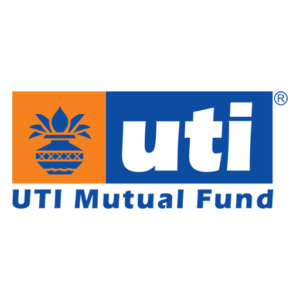
Nifty 50 is the most commonly heard term in the investment space and everyone must have come across news headlines mentioning NIFTY 50 several times. Newspapers and TV channels flash Nifty 50 charts and movements almost every day, and investment experts continuously use the term ‘Nifty 50’ while predicting the stock market direction. But what is this NIFTY 50 that we keep hearing about all the time
In this article, we will explain everything you need to know about NIFTY 50 and how you can invest in it to build considerable wealth in the long run.
The NIFTY 50 is an index of the country’s top 50 companies by market capitalization that are listed on the National Stock Exchange (NSE). It is one of the two most referenced barometers used by investors to track how the “stock market is doing”. The other is the Sensex – a similar index of 30 stocks managed by the Bombay Stock Exchange (BSE).
Even though there are over 1,300 stocks listed on the NSE, when someone says “the market was up today”, they usually mean the NIFTY 50 index was up. This further means the weighted average performance of those 50 stocks was up. For foreign investors tracking the Indian markets, their first reference point is NIFTY movement and their first few investments in India are usually in NIFTY stocks.
The constituents of NIFTY 50 Index comprise of the blue-chip companies, these companies generally exhibit strong balance sheets, robust growth numbers and an expansive global footprint. To put this in perspective, some of the companies in the NIFTY 50 Index are Infosys, Reliance Industries, HDFC Bank, ITC, Asian Paints, etc which are an integral part of our daily life and therefore investing into such companies and growing up with them makes sense.
The 50 stocks in the Nifty50 index represent ~ 65% of the total market capitalization of all the companies listed on the NSE. In other words, in can be said that within the overall market caps of all the 1,300 companies on the NSE – the 50 NIFTY companies would constitute 65% of this total and the balance 1250 companies total upto 35%. This essentially means that just with taking exposure to Nifty50 index , investors will take ~65% exposure to the overall listed securities.
The index offers exposure across 14 different key sectors of the economy while, all sectors in the NIFTY 50 index do not hold equal weightage as well, the index is heavily tilted towards a few sectors like Financial Services and IT, with contributions from the top 4 sectors alone accounting for nearly 78%.
The investment in Nifty 50 stocks can be done via direct purchase of those stocks but that will require a professional management on a daily basis, as each shares is required in the exact proportion and that undergoes periodic rebalancing along with the corporate action events that keeps on happening in such stocks. Alternatively, an easy way for investors is to take exposure in Nifty 50 companies vis Index Funds/ETFs based on Nifty 50 Index. There are several index funds in the industry that attempts to replicate the performance of Nifty 50 index.
UTI Nifty 50 Index Fund is one such fund that offers investors a simple, convenient and cost-effective way to take exposure in Nifty 50 companies. The UTI Nifty 50 Index Fund is a passively managed index fund that attempts to replicate the performance of Nifty50 Index by investing in the same companies in the same proportion at all times.
Index Fund investing is the simplest form of investing. Most Index funds replicate the same underlying index in the respective categories with no product structure differentiation, however selecting an index fund even within the give category also is no simple task. There are few parameters that prudent investors consider when selecting funds such as experience, track record, asset size , cost structure etc.
UTI Nifty 50 Index Fund was launched in the year 2000 and comes with a track record of performance of over 22 years, one of the oldest in the industry and an AUM of over Rs. 9,370 Crores, one of the largest in the industry. In terms of track record of managing Tracking Error (TE) and Tracking Difference (TD), the UTI Nifty 50 Index Fund maintains one of the lowest tracking error and tracking difference (Last 1 year annualised TE: 0.03%) and is available at a relatively low cost structure (TER of 0.20% p.a under direct plan and 0.30% under regular plan). (Details as on Dec 31, 2022, Source: MFI)
UTI Nifty 50 Index Fund may be suitable for those equity investors who are looking to build their equity portfolio with large cap and established businesses and seek long-term capital growth. The Fund is also suitable for investors with a high risk profile, looking for reasonable returns over the medium to long term subject to market conditions.


